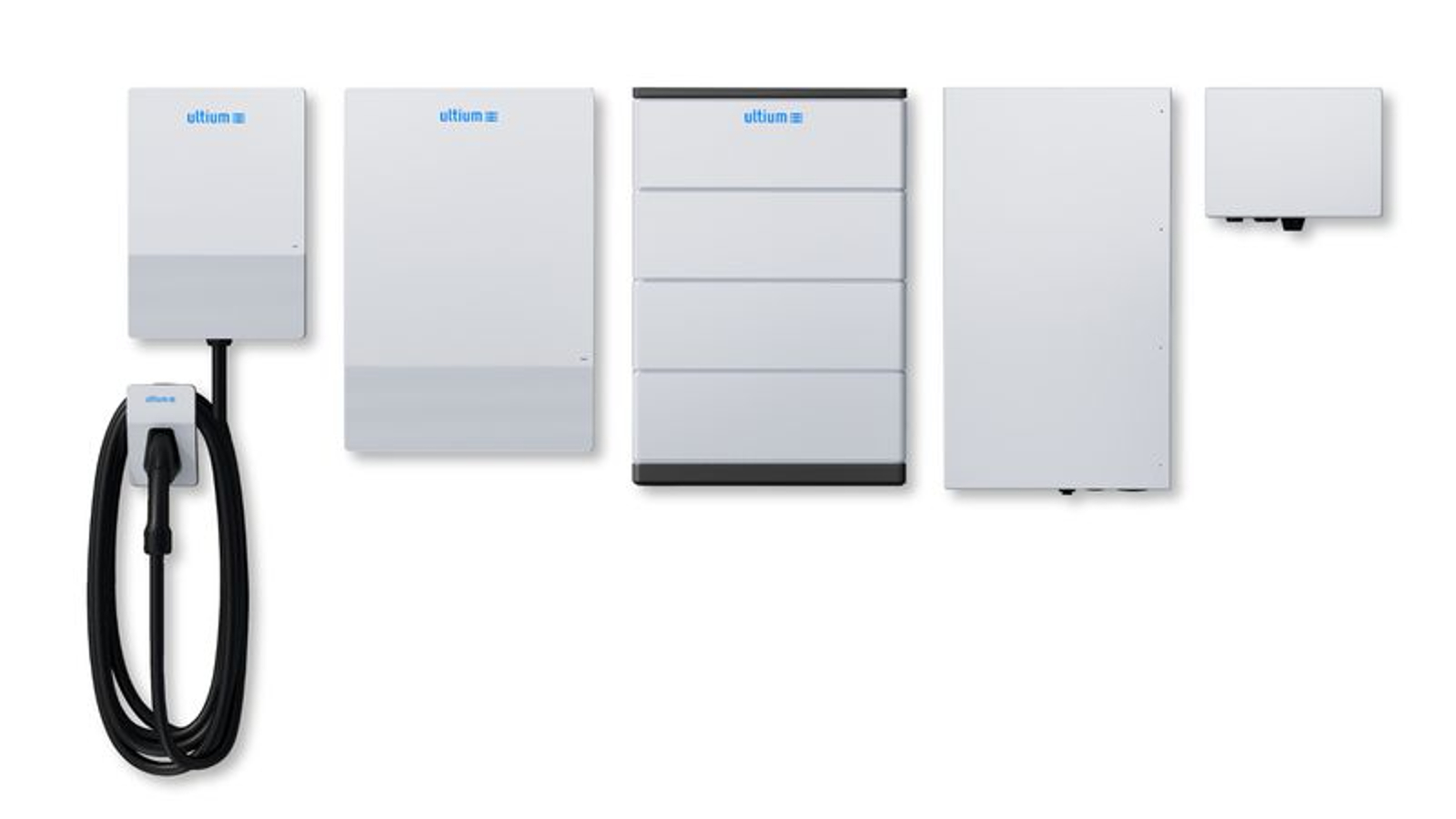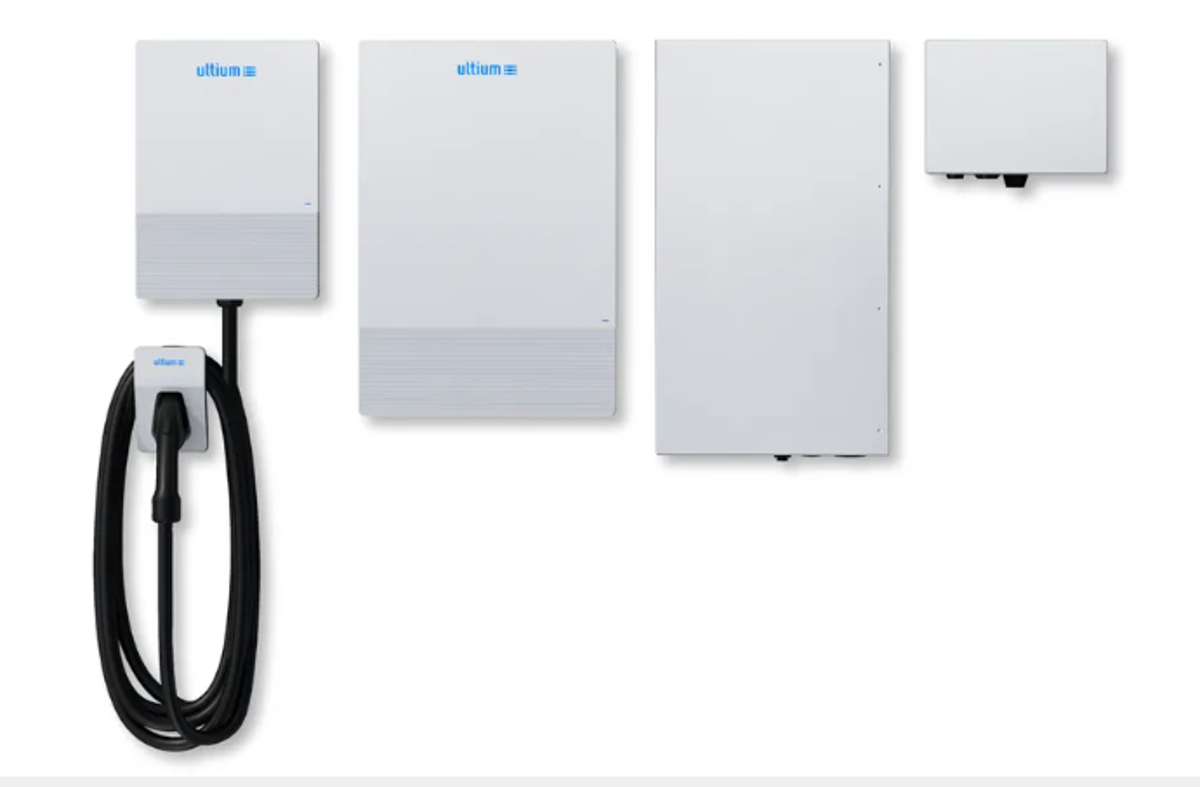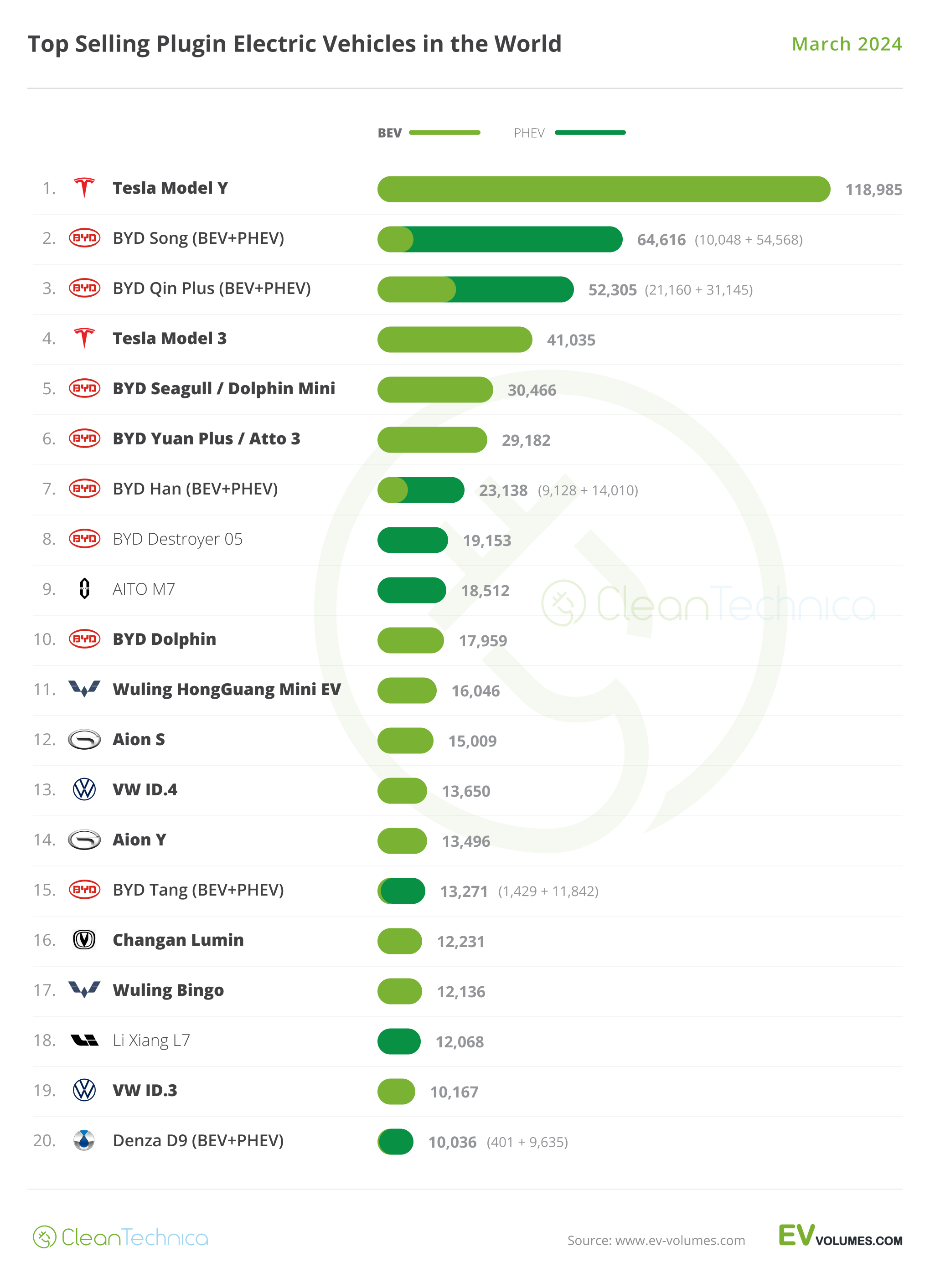
General Motors has created GM Energy, a subsidiary that manufactures and sells energy storage and charging equipment to commercial and residential customers. The Ultium Home division of GM Energy has just announced a suite of integrated home bi-directional charging and energy storage products. “The Ultium Home Energy Management System allows you to create your own home microgrid, for ultimate energy self-reliance,” the company says on its website.
Ultium Home now offers three equipment packages for residential customers. They can choose the Ultium Home Energy System Bundle. It includes a bi-directional charger the company calls PowerShift which can send up to 19.2 kW to an electric vehicle for maximum Level 2 charging. The Home Energy System also includes a GM Energy PowerBank residential storage battery that is available in either 5kW/10.6kWh or 7kW/17.7kWh models. Presumably, two or more PowerBank batteries can be linked together if required.
Or customers can choose just the V2H Enablement Kit, which can supply up to 9.6 kW back to the home as well as charge an EV. It includes an inverter, home hub, and a dark start battery that allows the system to restart itself using a backup battery if the main power grid fails.
For those who do not need more backup power than the battery in their electric vehicle can provide (the 200 kWh batteries in the upcoming Hummer EV and Silverado EV should be able to power a typical home for a week or more if the electricity is used only for critical systems), the PowerBank residential storage batteries can be omitted, which would make the system considerably less expensive.
GM Energy has not released prices for its Ultium Home products yet, but says they will vary depending on the cost of installation. Hooking up such devices can be fairly easy and straightforward if a home has a modern electrical system — 200 amps minimum, 400 amps preferred. Older systems may require extensive and expensive electrical upgrades, so it is really difficult to say how much each installation might cost until a qualified electrician inspects the existing wiring. Upgraded electrical service may raise the value of a home, and there may be federal, state, and local incentives that can offset some of the cost, but the upfront investment can still be rather shocking — no pun intended.

Another option for residential customers who don’t own an EV is to install a PowerBank battery to take the place of a gasoline-powered backup generator. Once again, the cost of installation will vary. GM Energy also makes it a point to say its storage batteries can be incorporated into a rooftop solar system, but cautions that every state and utility has its own rules regarding payment for excess electricity.
“GM Energy has a number of active pilots in place with utilities which are exploring the potential applications of extending technology beyond the vehicle,” Mark Lubin, senior manager of strategic technology communications at GM, told The Verge. “Over time, GM Energy will continue to introduce new products and functionality which will allow customers to take advantage of the complete energy ecosystem, including vehicle-to-grid.”
The company uses SunPower exclusively to deal with rooftop solar installations. All of the new Ultium Home offerings will be connected to the GM Energy Cloud, which allows users to manage how energy is transferred between the components of the GM Energy ecosystem.
“As GM Energy’s ecosystem of connected products and services continues to expand, we’re excited to provide customers with options for greater energy management beyond the vehicle,” Wade Sheffer, vice president of GM Energy, said. “Our initial Ultium Home offerings represent an opportunity for customers to take greater control over their personal energy independence and resiliency.”
As of this moment, there is little information available about which GM electric vehicles will offer V2H capability, although it seems likely all of its upcoming EVs other than the current version of the Chevy Bolt should offer this feature. Perhaps V2H will be a factory option, much the way DC fast charging capability was an option on the original Bolt.
GM Energy & Changes In Energy Management
GM is far from the only company offering charging and energy storage services to customers. Tesla has been doing so for years, although the supply of its rooftop solar and Solar Roof products has been severely limited. Tesla has not embraced V2H technology as of yet. Ford has partnered with SunRun for rooftop solar and V2H equipment. Hyundai is also offering V2H in the new IONIQ 6.
Looking down the road a bit, there is a transition coming, one which offers people many more options to control their energy sources and usage. It is fair to say the utility industry is far from supportive of any changes that diminish the demand for “their” electricity. The industry has become accustomed to thinking it has a monopoly on electricity and resents any changes that might threaten its stranglehold on consumers.
It is not uncommon for utilities to spend millions of the dollars they collect from ratepayers to influence local politicians to pass laws protecting them. You don’t have to be much of a visionary to foresee a future in which everyone has an electric car with a 60 kWh battery parked in the driveway. Connect all those batteries to homes and then link those homes together to create local microgrids and you have the kind of nightmare scenario that keeps utility company executives awake at night.
We are facing the democratization of electricity where everyone can generate some or all of their electricity. That’s a scary prospect for people who feed their families by building thermal generating plants and electrical distribution systems. Who do these people think they are that they can control their own electricity supply?
Today, we are nearing the point where the Bell telephone companies were a generation ago, back when long-distance calls were expensive and the telephone company had a government monopoly on voice communications. V2H and V2G are going to disrupt the utility industry the way cell phones disrupted the Baby Bells. GM is smart to create its GM Energy division, which also has its eye on grid-scale and commercial energy storage products. It may not be leading the parade, but it is now part of it.
The unanswered question is what about people who live in apartment buildings and condos where V2H systems will be difficult or impossible to install. That is going to be a tough nut to crack.
I don’t like paywalls. You don’t like paywalls. Who likes paywalls? Here at CleanTechnica, we implemented a limited paywall for a while, but it always felt wrong — and it was always tough to decide what we should put behind there. In theory, your most exclusive and best content goes behind a paywall. But then fewer people read it! We just don’t like paywalls, and so we’ve decided to ditch ours. Unfortunately, the media business is still a tough, cut-throat business with tiny margins. It’s a never-ending Olympic challenge to stay above water or even perhaps — gasp — grow. So …






